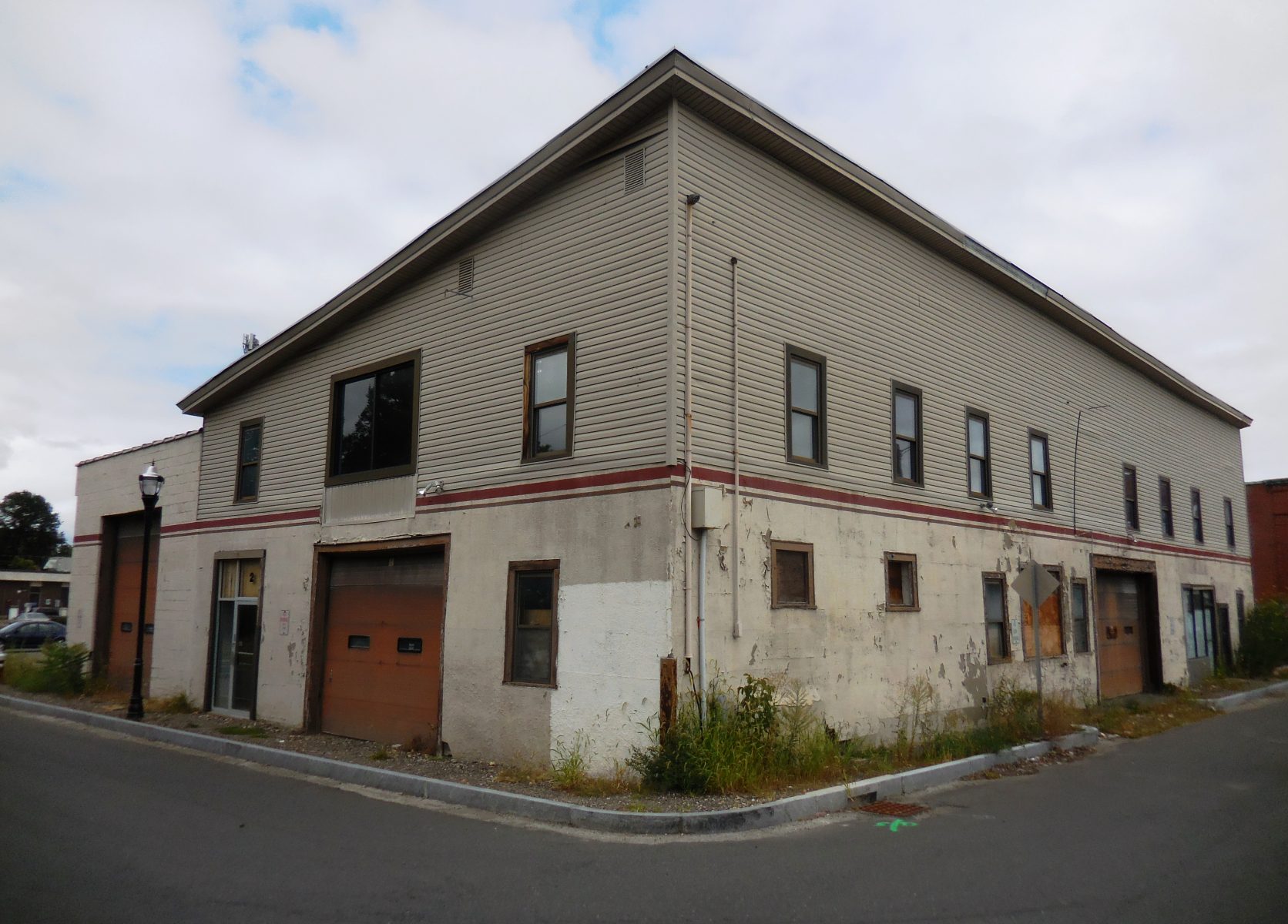WESTFIELD – The Office of Community Development has posted its Consolidated Annual Performance and Evaluation Report (CAPER) on the city website at www.cityofwestfield. The CAPER outlines the progress made with Community Development Block Grant (CDBG) funds from the US Department of Housing and Community Development (HUD) for the period of July 1, 2015 through June 30, 2016. The CAPER, which is also available at the Office of Community Development Room 300, 59 Court Street, is available for public comment through Friday, September 23.
Highlights of the program year detailed in the report included new sidewalks on Sherman Street, Franklin Avenue and White Street. Also, a new playscape was purchased and installed at the Whitney playground in the South Elm Riverfront area. The city also provided funding to the Westfield Athenaeum to develop architectural drawings for improved access to the public library.
Towards the goal of creating economic opportunity, the city offered its “Best Retail Practices” program in which eight microenterprises participated. All eight received expert advice on how to attract customers and utilize their space, with four businesses receiving grants from CDBG to invest in improvements.
Spending on public services focused on providing holistic services to individuals of low income. The Greater Westfield Committee on Homelessness was funded to provide case management services to low income individuals and families, connecting clients with housing and job search assistance, and public benefit application assistance for health care, food stamps, and disability benefits. Programs also focused on food security through the Westfield Food Pantry and Our Community Table Soup Kitchen, which also serve as referrals for individuals and families who might be in danger of homelessness.
Westfield also made the last payment of $100,000 on its Section 108 loan, which comes off the top of the approximately $330,000 in CDBG funds annually given to the town.
For the first time this past year, Westfield failed the CDBG HUD timeliness test to spend down its program funds by May of 2016. Generally, HUD requires that 60 days prior to the close of the grant year, the City have an available balance no greater than 1.5 times that year’s grant allocation in its HUD trust fund.
Currently, Westfield has a balance in the account of $950,000. This is due to unanticipated program income of approximately $377,000 in 2014 and 2015, explained Peter J. Miller, director of Westfield Community Development, who also manages the CDBG program since the departure of Diana McLean last December.
Miller said first, the owner refinanced the debt on the Mill at Crane Pond, repaying the city back $180,000 in one lump sum for the loan they gave him back in the early 2000’s. Previously, he was paying monthly payments.
Second, the General Shepard Apartments, which had received a loan to develop senior housing in 1982, also refinanced. Previously, in lieu of payments, they had given space to the Senior Center. When the Senior Center moved, they refinanced and repaid $195,000 in March of 2015.
“Our program typically plans for $20,000 or less in program income each year and we were unprepared to expend this program income in a timely manner,” Miller wrote in the report.
Another $200,000 unallocated in 2013 was originally for acquisition of the Romani bowling alley, Miller said. Following prolonged negotiations, the city was unable to reach agreement with the property owner. Due to a restriction on using CDBG funds for purchase by eminent domain, this money also had to be redirected.
In Feb. of 2016, they reprogrammed the $200,000 to purchase 2 Central Street, a blighted building owned by Berkshire Bank. Currently they are reaching the purchase and sale. Approximately $230,000 has been programmed for the acquisition, demolition, and environmental remediation associated with this.

In February, the city reprogrammed $200,000 in unexpended CDBG funds to purchase 2 Central Street, which is nearing purchase of sale. “I would anticipate demolition would happen before the end of March,” said Community Development Director Peter Miller. (Photo by Amy Porter)
“It should be happening before the end of the month,” Miller said. “I would anticipate demolition would happen before the end of March.”
Now the City has to spend down the CDBG funds to $450,000 by May 1 of 2017, or risk having any funds above that “recaptured by the feds,” Miller said.
“It’s a great problem. It’s just a lot of work to get these programs off the ground and running,” he added.
The Community Development office is focusing on several new programs to spend down the money. They have advertised a grant to improve handicapped accessibility for non-profits in the area, for which they have received “a couple of applications,” Miller said. The applications were due today (Sept. 8) for a general round of funding in March.
They are also restarting the Westfield Housing Improvement Program (WHIP). This program provides deferred payment loans to low-to-moderate income residents with code or structural issues in their homes. A lien is placed on the home for repayment at the time of sale.
The WHIP program will be administered by the Pioneer Valley Planning Commission (PVPC).
“We’re in the process of completing the contract with them. We only expect to be able to refurbish five projects with the $100,000 invested,” Miller said. They expect the grant to be open for applications in October. He said the program will be run blindly through the PVPC, without the city knowing who the applicants are. The priority will be given to 65 or over or families with disabled members.
Miller said they are also going to try to do an additional sidewalk project, which will be announced on Friday (Sept. 9). He said this year they are looking at potentially doing Avery Street.
“People should keep their eyes open if they’re running a small business or have housing improvements that need to be made. Keep your eyes on the city website or in the news for programs in October,” Miller said.


